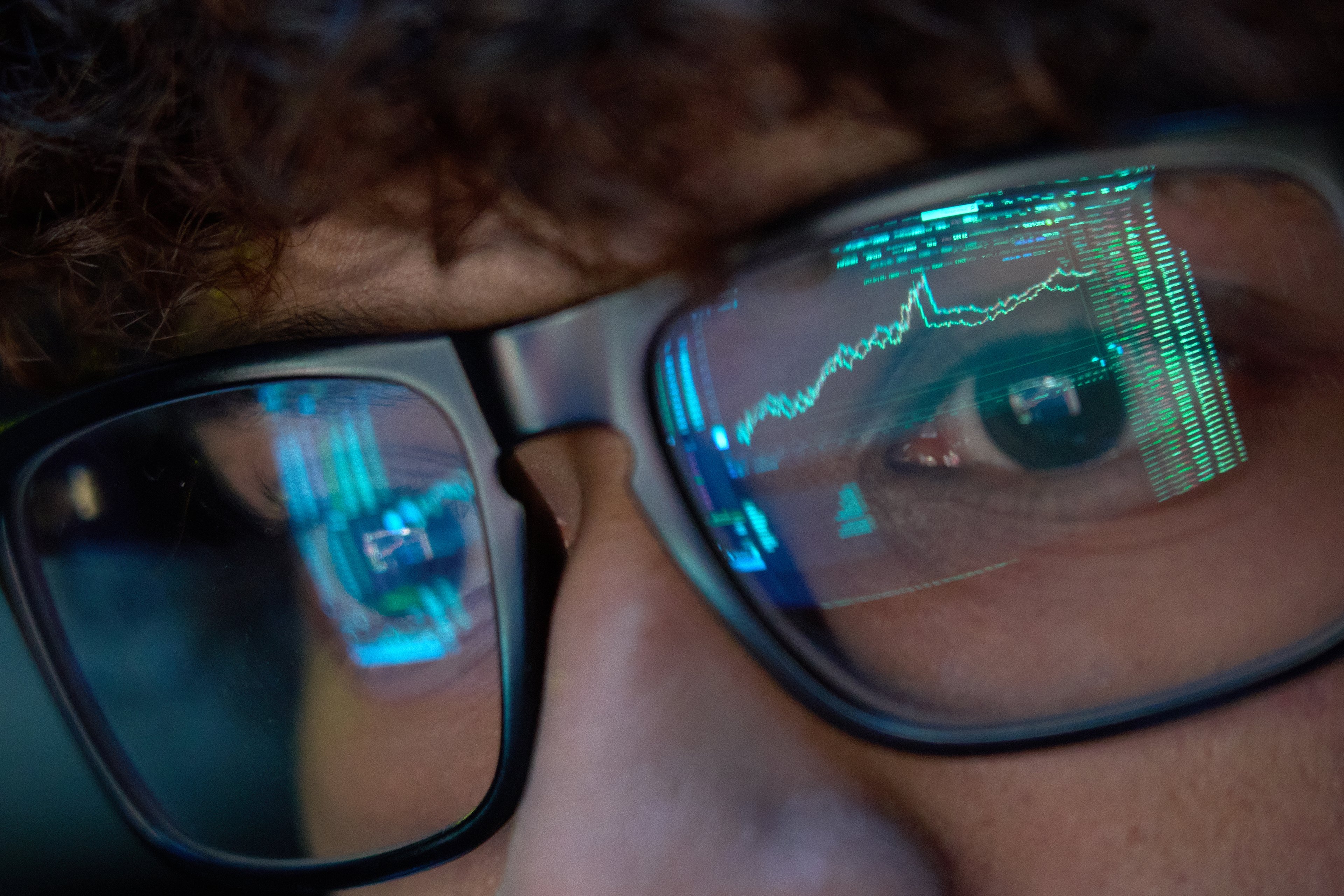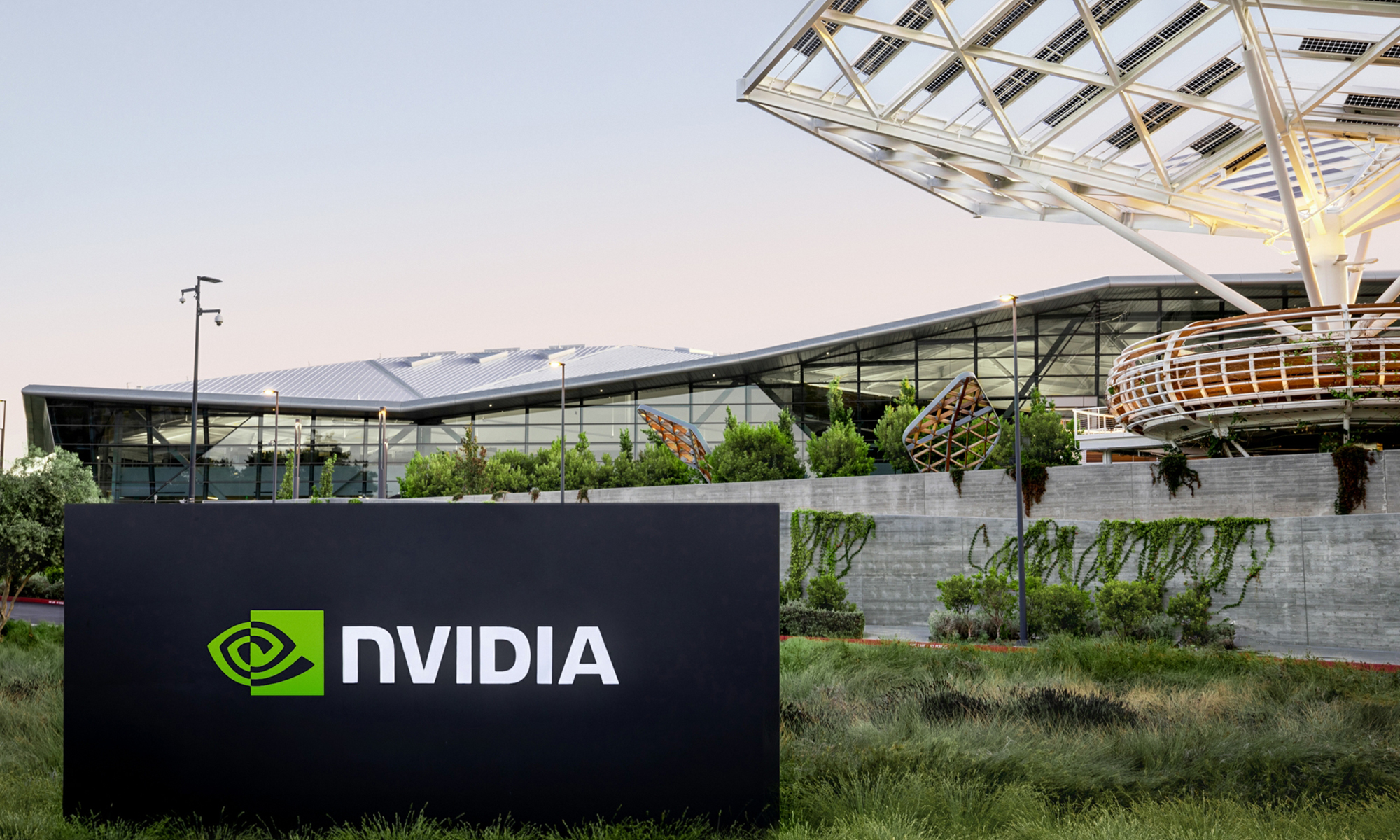Check out the latest NVIDIA earnings call transcript.
Investors in NVIDIA (NVDA +3.80%) had a rough 2018. Last year, the stock fell a highly unpleasant 31% (including dividends). Still, over the past three years, the stock is up a whopping 450%.
At roughly $150 per share at the time of this writing, NVIDIA now trades at a reasonable P/E ratio of 20, a discount to the market and the Nasdaq Composite index overall. The problem? NVIDIA's forward P/E is also 20, meaning the market doesn't believe the company will grow its earnings at all in the coming year.
Has the hate gone too far, and is the current swoon a buying opportunity?

Image source: Getty Images.
A bad crypto hangover
NVIDIA's stock is suffering from many of the same headwinds plaguing all semiconductor companies, including a severe slowdown in the Chinese economy and cloud spending due to the U.S.-China trade war.
NVIDIA is also suffering from a related headwind: a hangover from the bust in cryptocurrencies. Cryptocurrencies peaked in December 2017, then plummeted over the past year. NVIDIA's graphics cards are used in cryptocurrency mining, as the task, like graphics processing and big data processing, is very compute-intensive and benefits from GPU parallel-processing.
On its last conference call with analysts, NVIDIA guided for a year-over-year decline in revenue and earnings for its fourth quarter, which should be reported in the coming weeks. The company called out the fact that it wouldn't ship any older-generation Pascal gaming cards, in order to clear excess channel inventory. While NVIDIA had expected lower Pascal prices to lead to more buying after the crypto bust, that happened more slowly than the company anticipated.
Pascal is the No. 1 graphics card in the world, and NVIDIA hinted at a roughly $600 million adjustment that must take place. That's nearly 20% of NVIDIA's $3.18 billion in revenue reported last quarter.
A big opportunity ahead
Despite this near-term hiccup, there's a lot that's exciting in NVIDIA's future. While Pascal is currently dominating the company's numbers, NVIDIA released its new Turing chips with industry-leading capabilities toward the end of 2018. These newer chips don't make up for the huge Pascal shortfall this quarter, but are expected to overtake Pascal in the years ahead.
Founder and CEO Jensen Huang pointed to three innovations in particular.
1. RAPIDS: RAPIDS is an accelerated platform for machine learning and big data. Machine learning is now being done largely in the open-source Apache software community, but NVIDIA's new RAPIDS platform for GPUs can greatly accelerate the speed at which big data training takes place. Huang stated that the machine learning method "has never been accelerated before," and believes that RAPIDS should lead to a big leap in speeds for data-intensive training workloads.
2. Turing T4 Cloud GPU: In September, NVIDIA unveiled its new Turing T4 GPU chips geared toward the inference side of artificial intelligence. Once an AI engine is trained, it uses inference to understand and interpret new information based on what it's learned. NVIDIA claims the new T4 GPU is 12 times more power-efficient than Pascal, and up to 36 times faster than CPUs for inference workloads. In November, Nvidia said Turing had received the fastest adoption of any server GPU in history, claiming T4 was already in 57 server platforms, including Alphabet's (GOOG +1.60%) (GOOGL +1.47%) Google Cloud Platform. That's interesting, as Alphabet has been developing its own in-house AI chip, called TensorFlow, that some have called a potential NVIDIA competitor. The fact that Google Could was so keen to adopt Turing indicates NVIDIA has something unique in this chip.
3. Turing RTX: In September, NVIDIA also released the Turing RTX gaming GPU with ray-tracing and advanced rendering capabilities. Rendering is the process by which coded data is turned into video, which is extremely compute-intensive. RTX is the first GPU with ray-tracing and rendering capabilities. According to Huang, Turing RTX can achieve rendering equivalent to CPUs at one-fourth the cost, one-tenth the space, and one-eleventh the power.
The future is brighter
While the next quarter or two may be challenging for NVIDIA, remember that the overhang is due to older Pascal products. Meanwhile, NVIDIA's competitive advantage in its CUDA platform is still intact, and new product releases in RAPIDS, Turing T4 GPUs, and Turing RTX are big technological steps forward. Eventually, these innovations should overtake legacy products, and NVIDIA will start growing again. In short, NVIDIA can recover, and I am guessing we'll see a better stock price by the end of 2019.






